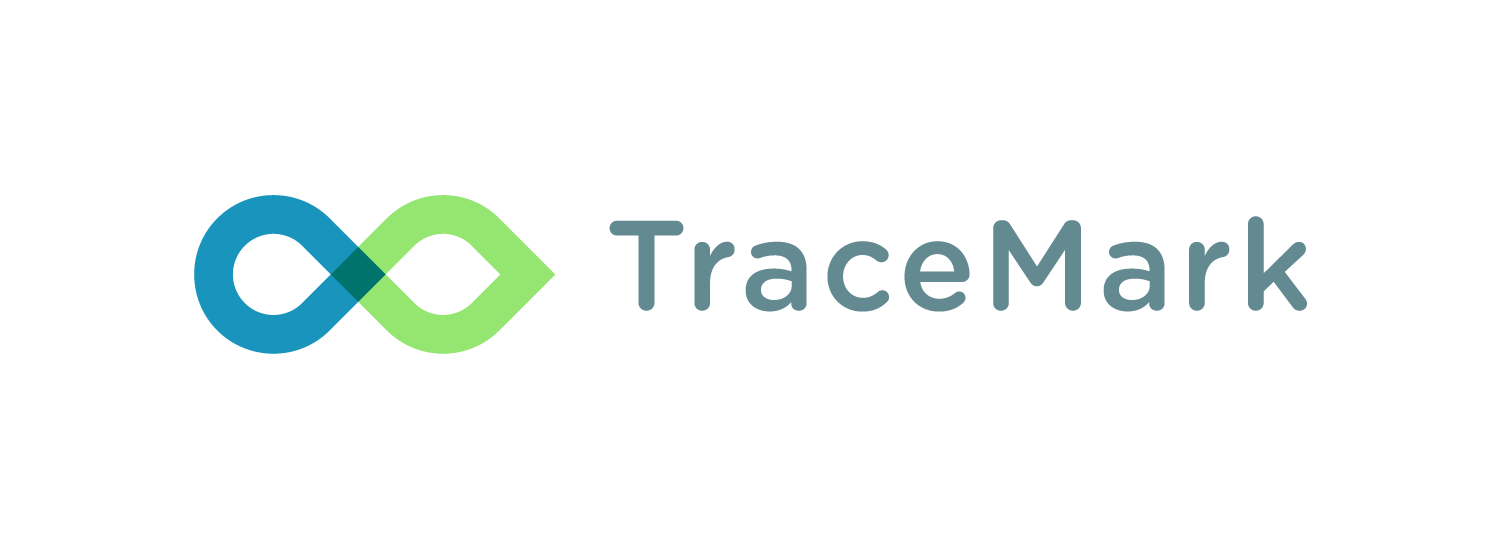How TraceMark legitimises sustainability in CPG, fashion and manufacturing
‘Planet-friendly’, ‘ethically produced’ and ‘green’ are all terms commonly used to describe products that companies market as being ‘sustainable’ although each term has equal potential for misunderstanding and ambiguity.
What TraceMark can do is give credibility to companies that are taking full accountability for their supply chain. With consumers and investors demanding to know more about where and how products are sourced, there’s never been a more important time to make sure your operations are air-tight. What we can offer companies is critical insight into the ‘first mile’ of the supply chain, which is notoriously hard to trace, usually due to raw materials originating far from end destinations and most often in developing countries.
Find below applications of TraceMark for the Consumer Packaged Goods (CPG), fashion and manufacturing industries.
Consumer Packaged Goods (CPG)
We are working closely with a world-leading CPG company on how to understand the full extent of their supply chain and how their sourcing affects the surrounding environment and economies in which they operate. Our work has been highly regarded by the industry as the most effective way to build transparency around sourcing and in driving sustainable sourcing decisions. With petabytes of complex data and geospatial imagery on the world’s cleanest Cloud, using BigQuery we can process everything you need to better understand the extent of your supply chain and where it can be improved.
"NGIS' TraceMark enables near real-time fire and deforestation alerts to be sent directly to the inbox of Rainforest Trust staff, who immediately engage partners on the ground to investigate and intervene." Erin McCrelles - Rainforest Trust
TraceMark is a stand out when it comes to sustainable sourcing solutions because of our ability to track and trace the first mile in the supply chain. If you are a global operator, with a complicated supply chain, we can help you.
Fashion
“There are still very, very few brands who know where their stuff comes from in the supply chain, and even fewer of them have entered into active relationships with those suppliers to reduce their carbon footprint.” Environmental Scientist, Linda Greer.
The world’s population was estimated by the world bank to be 7.76 billion in 2020. Each and every person in the world contributes to the consumption of clothing and beauty products, which has now grown beyond measurability. This creates a huge issue for our world, the environment and our future. The severity of this problem is near impossible to estimate due to the lifecycle of clothes and the constant consumer demand for ‘new’ or ‘different’ style options. No longer do we experience a new collection with each season, rather every few weeks; because fashion houses are trying to keep pace with consumer demand. The resulting outcome is a huge excess of unwanted, discarded and ‘no longer new’ clothing items; all which need to be disposed of.
The true complexity of this issue lies in the measurement of the waste. Without measurement, you cannot expect to know the full weight of the issue and where to begin fixing it. Whatsmore, to measure the impact of something you have to collect data. In their recent whitepaper, Google Cloud discusses the need to not only collect data, but also share it with upstream and downstream stakeholders. This is a sticking point for the fashion industry as industry insights are shrouded in secrecy to protect products and reputation, while championing mass production of the newest designs.
This is where TraceMark can help. We can aggregate your data, external data and satellite imagery together to create a visual representation of what the implications of sourcing raw materials from certain regions and suppliers actually are. We are in talks with some of the biggest suppliers in the world about how the industry can unite to tackle its contribution to climate change and greenhouse gases.
Automotive Industry
With new targets for net zero emissions adopted by the majority of the world, significant progress needs to be made on light vehicle emissions and how passenger car manufacturers can help consumers to reduce emissions. Namely, this will require a shift from conventional engines to electric vehicles (EVs).
The manufacturing of a battery operated EV requires finite resources from critical minerals such as lithium, cobalt, graphite and nickel amongst others. A further challenge to the depleting supply of these minerals is their availability around the world; with over half of the minerals needed to produce an EV battery originating in just three top producing countries. In 2020 Australia produced 48% of global lithium production, China accounted for 79% of the world’s graphite and the Democratic Republic of Congo (DRC) contributed 69% of cobalt.
So mounting pressure on automotive manufacturers to change their ways, combined with navigating the global supply chain of finite resources; there’s great potential for a step backwards in sustainability. Especially considering some end products of manufacturing involve sourcing raw materials that have been uncovered as origins for the exploitation of child labour, for instance with mica mines contributing to luxury car paint.
With TraceMark, you will have access to data driven insights on your entire supply chain, from the minerals at the mine, to the factory floor. This kind of transparency is critical in decision making and creating real, actionable changes in the way your business operates to achieve sustainability targets.
How do i get started?
If you want to discuss how you can achieve your sustainability targets, while helping the future of our world.
